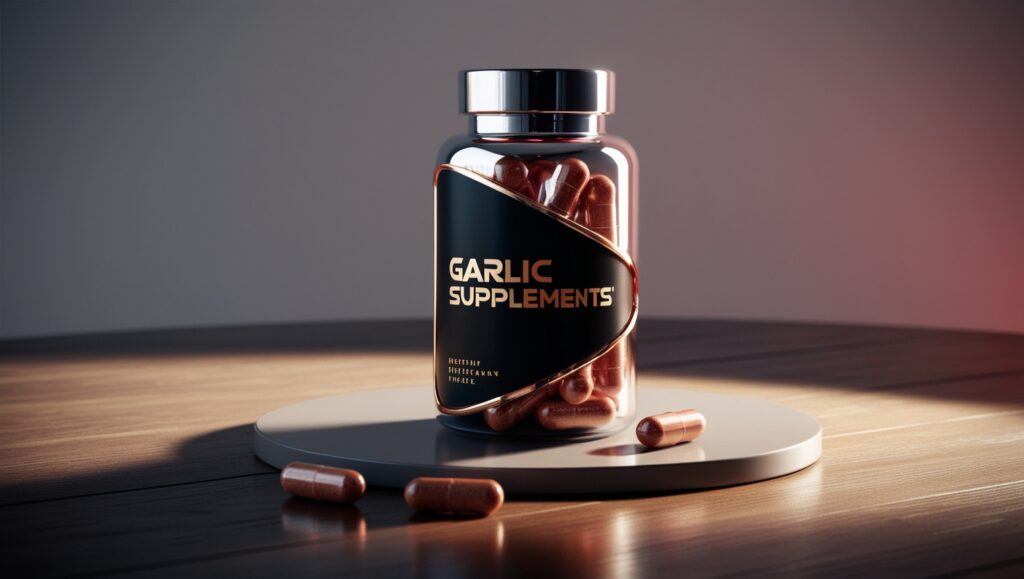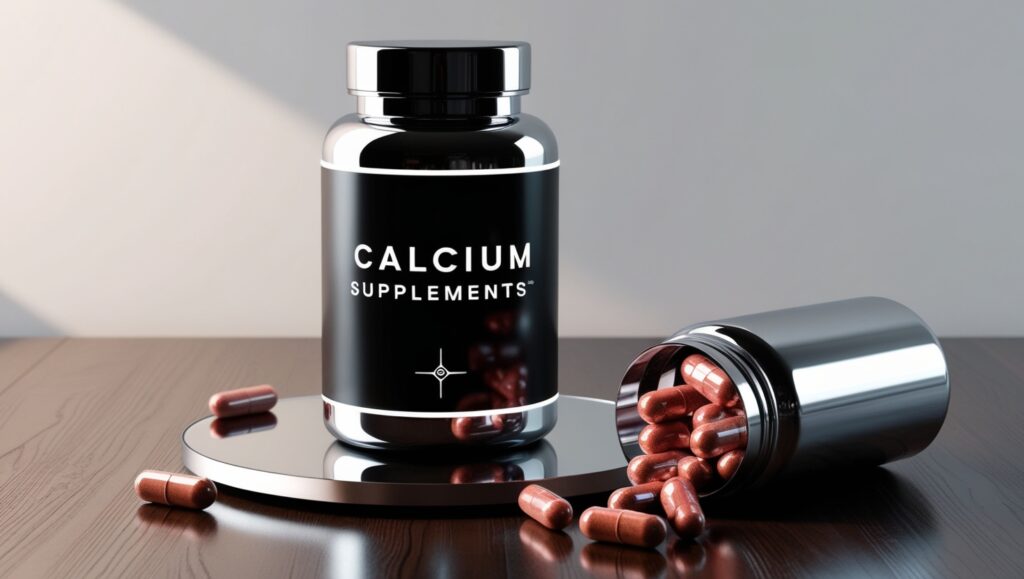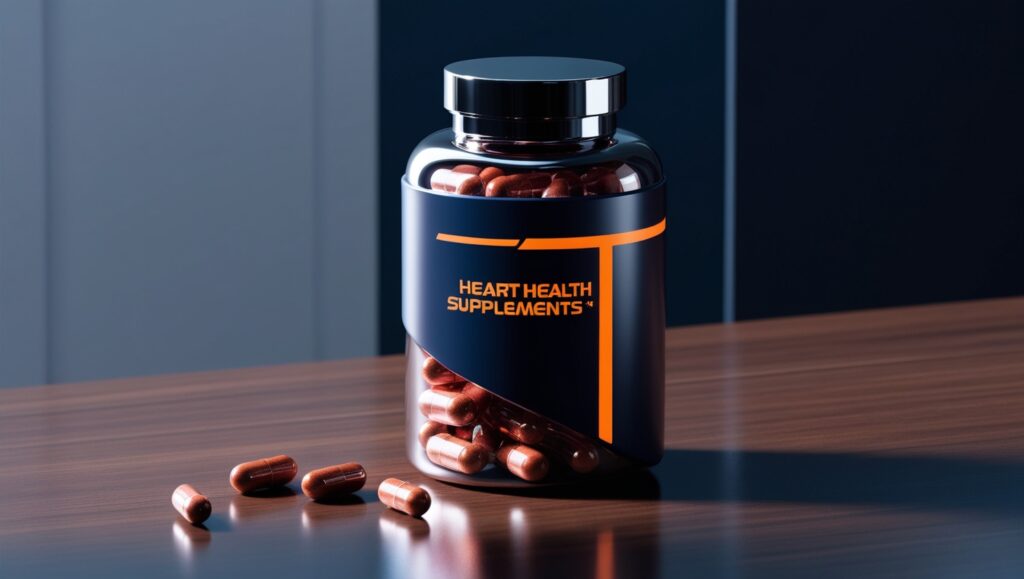How Mushrooms Can Help with Diabetes
Diabetes is a chronic disease that affects how the body processes blood sugar (glucose). Over 34 million Americans have diabetes, mostly split between type 1 diabetes (an autoimmune disease) and type 2 diabetes (insulin resistance and relative deficiency). An additional 88 million American adults have prediabetes with blood sugar levels higher than normal. Together, prediabetes and diabetes cost an estimated $327 billion in the US per year. Finding ways to prevent and manage diabetes is crucial for improving public health.
Emerging research suggests some mushrooms contain compounds that may have beneficial effects on blood sugar regulation. Adding certain mushrooms to diets could potentially help control glycated hemoglobin (HbA1c) levels, insulin sensitivity, and oxidative stress related to diabetes. Mushrooms offer a unique set of nutritional characteristics, being low carb and high in fiber, protein, various vitamins, and minerals. This article will analyze the current scientific literature on mushrooms’ antidiabetic properties and their feasibility as allies in diabetes management.
Oyster Mushrooms – Pleurotus species

Oyster mushrooms (Pleurotus species) are among the most commonly consumed edible mushrooms. Animal and human studies indicate oyster mushrooms may improve insulin resistance and help regulate blood sugar levels.
A 2021 review of 22 studies found oyster mushrooms reduced blood sugar levels in diabetic animal models. Polysaccharides in oyster mushrooms may inhibit alpha-glucosidase enzymes related to diabetes progression. Another meta-analysis reported oyster mushrooms improved dyslipidemia (abnormal blood lipids) in animal models, which is a diabetes risk factor. The effects may come from oyster mushrooms’ fiber, sterols, and statins.
In a 2015 human trial, researchers recruited 52 diabetic patients in Thailand and had them take a daily oral dose of either oyster mushrooms or metformin medication for 12 weeks. The mushroom group reduced their fasting blood sugar by over 15% on average after 12 weeks. They also increased their “good” HDL cholesterol by over 46% compared to the start of the study. The control metformin group showed positive effects as well, but oyster mushrooms matched or exceeded metformin for improving HbA1c, blood pressure, and lipid panels.
The soluble fiber, vitamins, minerals, and antioxidants in oyster mushrooms likely contribute to their antidiabetic potential. More human trials are still needed, but adding oyster mushrooms to diets could be a fairly easy lifestyle modification for improving type 2 diabetes factors.
Lion’s Mane Mushroom – Hericium erinaceus

The lion’s mane mushroom (Hericium erinaceus) is a unique-looking white fungus used often in Asian cuisine. Lion’s mane is rich in bioactive compounds that appear to stimulate nerve growth and protect cognitive health. Research indicates lion’s mane mushrooms may also improve blood sugar regulation among diabetic patients.
A lab study published in 2018 tested extracts of lion’s mane mushroom fruiting bodies on diabetic mice. After five weeks, the mice fed lion’s mane had substantial reductions in blood sugar levels, improved insulin sensitivity, lower HbA1c values, and higher antioxidant activity compared to control groups. The effects may derive from bioactive polysaccharides and peptides found in the mushroom.
A small human trial in Japan built on those results by giving powdered lion’s mane capsules to 27 men and women with high blood sugar for 12 weeks. Overall, 96% of participants lowered their blood sugar levels after 12 weeks on lion’s mane mushroom, with an average drop exceeding 15% reduction from baseline. Researchers again suggested antioxidative effects were likely contributing mechanisms behind the hypoglycemic impact.
While the existing evidence around lion’s mane is still early, adding this unique mushroom to dietary and supplement regimens may help control blood sugar among diabetic patients. More clinical studies are underway to establish proper dosing and intervention timelines.
Reishi Mushroom – Ganoderma lucidum

Reishi mushrooms (Ganoderma lucidum) are traditional Chinese medicines that have considerable cultural lore around their healing properties. Modern trials are now evaluating reishi mushrooms’ potential to modulate blood sugar, insulin sensitivity, inflammation, and diabetes complications.
Several reviews taking stock of the existing literature found reishi mushroom consumption successfully reduced blood glucose levels in animal models of diabetes. Polysaccharides called beta-glucans in reishi appear instrumental in lowering blood sugar levels and glycated serum proteins. Reishi also limits some downstream diabetes effects like nerve system damage and kidney impairment per studies in diabetic rats.
While human research around reishi mushrooms and diabetes is still emerging, early results look promising. A 2018 study had 36 diabetic patients either take reishi mushroom capsules or vitamin C supplements every day for 12 weeks. The mushroom group decreased their fasting plasma glucose by over 15% on average, lowered HbA1c values by 5%, and increased their antioxidant power compared to non-changes in control groups. Building on that, a 2021 human trial used similar reishi mushroom extract protocols in 60 diabetic patients. After three months, the reishi group decreased fasting blood sugar levels by 13%, HbA1c dropped by 7%, and subjects reported higher quality of life scores around physical health.
Through a combination of hypoglycemic, anti-inflammatory, and antioxidant effects, reishi mushroom supplementation seems able to hold promise as a complementary strategy when managing diabetes. Larger-scale human trials over longer periods can help solidify the optimal dosing and timelines.
Turkey Tail Mushroom – Trametes versicolor

Turkey’s tail is a colorful medicinal mushroom containing polysaccharide compounds named PSK and PSP. Studies focused on turkey tail suggest it may regulate insulin activity and lower oxidation damage among diabetes patients.
One lab study from 2020 looked at whether turkey tail extracts could improve diabetic outcomes in rats. After giving rats fractionated turkey tail extracts for four weeks, they showed over 35% blood glucose reductions on average, decreased kidney damage marker levels by up to 45%, and less glycation of serum proteins compared to controls. The antioxidative polysaccharides prevented some common long-term diabetes complications in rodents.
In a first-of-its-kind human trial, researchers in Japan recently evaluated how turkey tail mushrooms might boost the effects of traditional diabetes medications. The pilot study supplemented the diets of 20 diabetic patients on metformin or sulfonylurea drugs with daily turkey tail powder capsules. After eight weeks, the turkey tail group decreased their HbA1c scores by nearly 10%, shed fat mass, and reported further improvements in oxidative stress biomarkers versus medication-only groups.
Though limited human data exists so far, turkey tail mushrooms show real promise as enhancers of pharmaceutical diabetes treatments and protectors against oxidative damage wrought by chronically high blood sugar. More clinical research can clarify optimal supplementation routines for diabetics.
Maitake Mushroom – Grifola frondosa

Maitake mushroom, also called “hen of the woods,” is another fungus consumed for food and medicine in East Asia. Most diabetes research around maitake focuses on how its polysaccharides and compounds influence blood sugar regulation and insulin sensitivity.
Studies demonstrate that maitake extracts lower blood glucose levels in diabetic mice over 2-4 weeks. One examination of the mechanisms showed maitake-activated insulin signaling pathways similar to insulin itself. In diabetic rats, maitake supplementation for five weeks cut blood sugar levels by 25%, decreased insulin resistance, and limited kidney damage versus untreated groups.
In a 2016 pilot study, researchers recruited seven diabetic patients to take maitake mushroom capsules daily over 12 weeks. By the end, participants’ fasting glucose dropped 11% on average, their HbA1c values fell by 16%, and HOMA-IR scores improved by 28%, indicating heightened insulin sensitivity. The maitake mushrooms improved major diabetes indicators among the majority of subjects.
Maitake shows tangible benefits across animal models and some initial human cases. Though small in sample size so far, maitake mushrooms exhibit antidiabetic effects worth expanding into larger, longer-term studies of diabetes interventions.
Putting Fungi to Work
Mushrooms offer a bevy of nutritional and bioactive properties that make them potential allies for controlling glucose levels and insulin activity. Compelling evidence suggests some fungi positively influence diabetes factors like hyperglycemia, HbA1c scores, insulin resistance, oxidative stress, and complications. While many human trials are still in early or preclinical stages, results thus far generally affirm traditional medical mushroom uses for patients with diabetes.
Consuming oysters, lion’s mane, reishi, turkey tail, or maitake mushroom varieties as part of balanced diets or targeted supplement regimens seems a promising lifestyle modification for managing diabetes. Mushroom polysaccharides likely activate antioxidant, anti-inflammatory, and antidiabetic metabolic pathways that help regulate blood sugar levels and prevent downstream issues. Furthermore, adding mushrooms has minimal risks given their impressive safety profile.
As researchers optimize mushrooms’ mechanisms of action, supplementation durations, and clinical applications, diabetics may find loyal allies for balancing their blood sugar levels more smoothly. Further investigation can cement the realistic role medicinal mushrooms can play against the growing diabetes epidemic. Beyond sensible diets, exercise, and medications, mushrooms offer one more clinical asset for controlling this chronic condition’s health and financial burdens.




